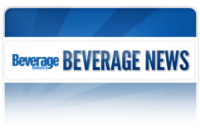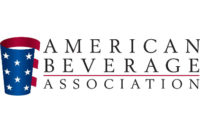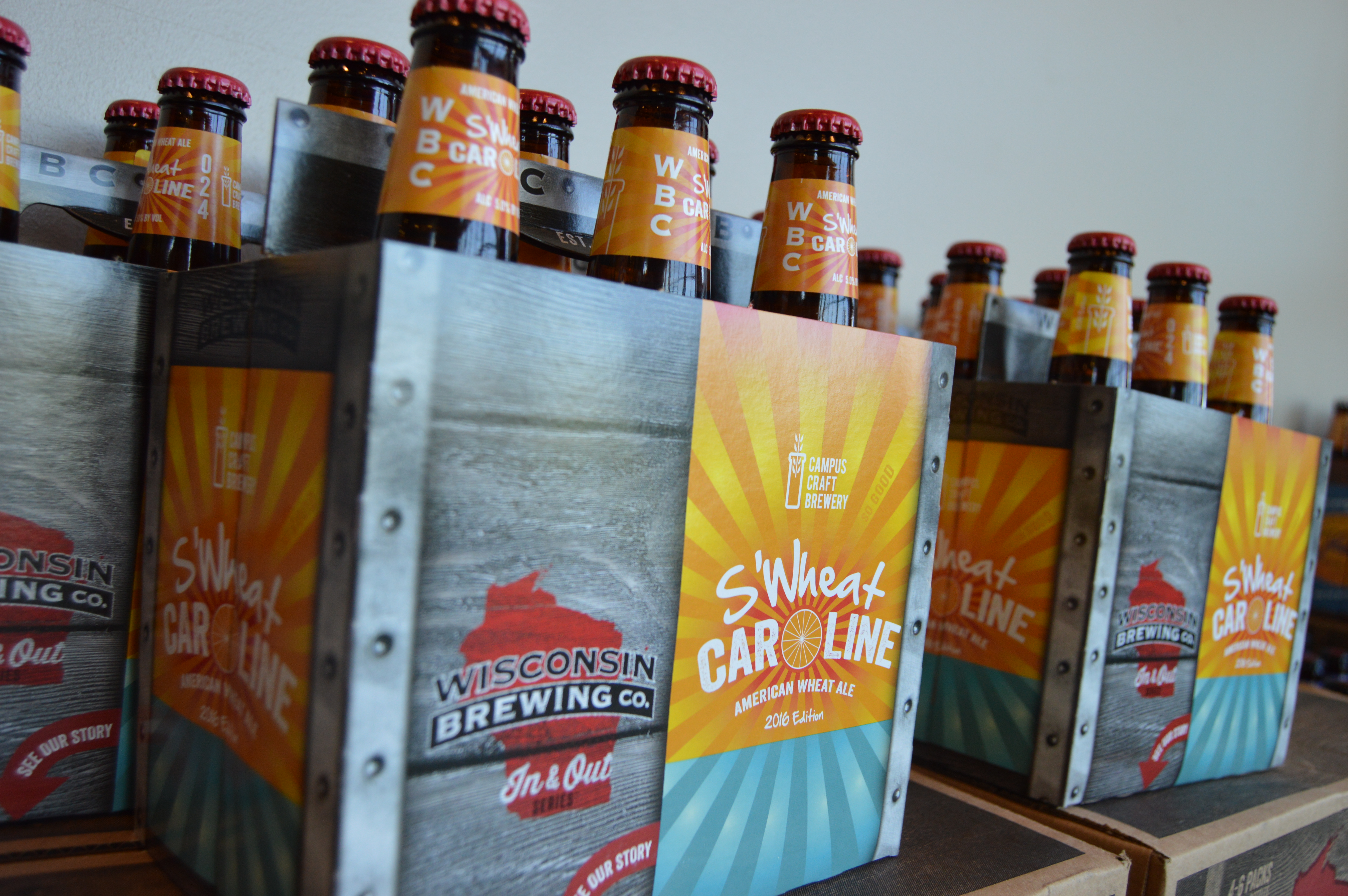In the eight years that Susan Neely has worked for the American Beverage Association (ABA), the president and chief executive officer of the Washington, D.C.-based association has seen manufacturers truly embrace the concept of innovation. “The array of new beverage choices and portion sizes that have been developed and are now offered out there just in the eight years that I’ve been around is amazing,” she says. “It’s why we can say we’ve got 23 percent fewer calories per serving in the beverage marketplace; it’s why we can say 45 percent of what’s sold out there is zero-calorie.
“The innovation is responding to consumer demands, but it’s also an important part of our leadership,” Neely continues. “As an industry, we can point to all of these choices, and they’re all good choices, so I think innovation is key to giving consumers what they want, but it’s also key to our leadership position in the fight against obesity and an important part of our message when we are aggressively fighting discriminatory taxes and bans. We can point to all the options that are out there for the people who want them.”
With the development of different sweeteners, sweetener technology, hybrid beverages, portion sizes and more, consumers have the ability to decide what they want to meet their lifestyle needs, Neely notes. “It’s a very dynamic time in the beverage industry and a very exciting time,” she adds.
As the beverage marketplace continues to stay in sync with its consumers and their requests, the ABA will continue to listen to consumer concerns as well as help find solutions, she says.
“We feel like it’s our job to keep pace with this very sophisticated, dynamic industry, and that means doing some things differently,” Neely explains.
She notes that in the policy and advocacy space this means being part of the solution in a very aggressive way, and not just being an industry that says “no.”
She adds that although the ABA will continue to be aggressive against taxes or bans that it thinks are discriminatory, the association also will be just as aggressive about advancing solutions for important topics like the obesity crisis and recycling challenges.
Working together
Through its efforts to listen to consumers and stakeholders and communicate with leaders in public health policy, the ABA has been at the forefront of some of the latest initiatives impacting the marketplace.
Considered one of the ABA’s signature leadership initiatives, leading beverage companies delivered in 2010 on a three-year commitment with the Alliance for a Healthier Generation, a joint venture of the American Heart Association and the William J. Clinton Foundation, to remove full-calorie soft drinks from schools across the country and replace them with lower-calorie, smaller-portioned beverages.
Working with representatives from Atlanta-based The Coca-Cola Co.; Plano, Texas-based Dr Pepper Snapple Group (DPS); Purchase, N.Y.-based PepsiCo; the ABA; and the Alliance for a Healthier Generation, these voluntary guidelines were established. Coined the School Beverage Guidelines, they apply to all beverages sold on school grounds during regular and extended school hours. The guidelines also feature different tiers for different education levels, namely elementary, middle and high school. For example, 100 percent juice, low-fat milk and bottled water are allowed in elementary and middle schools, and high schools allow diet beverages and calorie-capped sports drinks, flavored waters and teas.
Neely notes that this initiative helped plow new ground for the ABA and in the industry as a whole to show how manufacturers and associations can partner with non-governmental organizations (NGOs) and develop a partnership and recognizable outcome.
“We got something done working collaboratively as opposed to in a hostile, competitive way [and] really produced some dramatic results,” she says.
In addition to the collaboration efforts surrounding the School Beverage Guidelines, the guidelines achieved success because of their sensibility, Neely adds.
“They made sense to policymakers, they made sense to public health people, and they made sense to our consumers,” she says. “It was not about impugning an individual product, it was about removing calories — that’s the essence of the School Beverage Guidelines.”
Part of that sensibility came from the ABA and the Alliance for a Healthier Generation talking to consumers — parents, in particular, who had children in grades kindergarten through 12th grade.
“It was really from the moms that we got the core of the policy, and then we worked out the details with nutrition scientists at the American Heart Association and the Clinton Foundation, and voila! The rest is history,” Neely says.
Another key aspect of the School Beverage Guidelines was an evaluation by a third party. Prepared by Washington, D.C.-based Keybridge Research LLC under the direction of its president, Robert Westcott, the Alliance School Beverage Guidelines Final Progress Report was released in 2010, which detailed that, following the removal of full-calorie soft drinks and other beverages not permitted under the guidelines in addition to a move toward lower-calorie beverages, the total beverage calories shipped to schools in the first half of the 2009-2010 school year decreased 88 percent compared with that same time period in the 2004-2005 school year.
“The beverage industry has made a very significant shift in the beverages being shipped to America’s schools,” Westcott said in a statement in 2010. “The reduction of calories in schools is real and meaningful. The data truly speaks for itself.”
At the School Beverage Guidelines press conference in 2010, former President Bill Clinton, founder of the William J. Clinton Foundation and co-leader of the Alliance for a Healthier Generation, also addressed topical legislation such as health care and soda taxes. “Name me one person on either side of that debate that’s produced these results,” he said in a statement. “This is breathtaking progress. I got this done because I stayed out of that debate and I worked on something positive. At least the soft drink industry — the beverage industry — has done something, and it’s big, and I think I made the right decision. Whenever we can take up to work out things like this and show positive changes, I think we should be proud of it.”
Since then, Keybridge Research continued to monitor the guidelines’ implementation, and Westcott, along with his co-authors, published last August a peer-reviewed data analysis in the American Journal of Public Health updating data through the end of the 2009-2010 school year. The research found that between 2004 and the end of the 2009-2010 school year, shipments of full-calorie soft drinks to schools declined 97 percent, and overall calories from beverages saw 90 percent fewer calories shipped to schools during that time, it stated.
As the U.S. Department of Agriculture (USDA) is working toward national legislation regarding school food and beverage regulations, Neely is pleased that the School Beverage Guidelines and the ABA’s collaborative efforts have had a positive effect and are part of the solution.
“When the USDA drafted that proposed rule, they actually referred to our School Beverage Guidelines in the proposed rule that came out and cited the Westcott data that was part of it,” she explains. “We’re very pleased with the proposed rule because it looked a lot like the School Beverage Guidelines, and we just think that’s highly unusual that something that the government would ultimately codify draws from a voluntary industry initiative, but [that’s] because it’s a rigorous initiative, a common sense initiative, and it’s been so positively received by parents and communities and school leaders out there. It’s one last chapter of the School Beverage Guidelines.”
Given the documented success of implementing the School Beverage Guidelines, Neely says the organization learned a lot from this experience.
“We spend a lot of time dissecting why did that work so well and what was good in that and how can we replicate that in other initiatives we might take on as an industry,” she says. “You don’t just learn from your failures, you learn from your successes ... I think everybody you talk to in the industry believes that was such a huge and important success for us and kind of a new paradigm in how the industry can collaborate with an NGO and get something done.”
That insight and guidance was applied to the ABA’s next major initiative: Clear on Calories, through which America’s beverage companies put front-of-pack calorie labels that feature a standardized calorie icon on their products. The program was launched in 2010 in support of First Lady Michelle Obama’s Let’s Move! anti-obesity campaign.
With that initiative, the ABA again wanted to be part of the solution and discussed with its board what it could do, Neely explains. Looking back at the School Beverage Guidelines, the association noted that the common sense approach that led to the guidelines’ success was adopted as well for Clear on Calories.
“Our consumers really liked the idea we found of calorie transparency and having the calorie information on the front of the can or bottle, so that’s how we put that together, and that’s how we presented it to Mrs. Obama’s team, and we think it’s been well received —well received by policy makers, well received by even some of our detractors in the public health community, and certainly well received by consumers, so we feel good about that,” she says.
Among the participating companies — The Coca-Cola Co., PepsiCo, DPS, Sunny Delight Beverages, Nestlé Waters North America, Cott Beverages and Honest Tea — manufacturing, distribution and resource commitments were required to actively redesign and convert package labels across a broad portfolio of products for the Clear on Calories initiative.
Noting the desire of the industry to want to address the obesity crisis but recognizing that it alone can’t solve it, the leadership in the beverage industry is looking at what role it can play to contribute to the solution, Neely says.
“We have this leadership platform that is directed at helping with the obesity crisis, and one plank in the platform is choice,” she explains. “We do supply a lot of choices of beverages with all ranges of calories, and we are increasing portion size [options] in the marketplace, so choice is one plank of the platform. The other is information and transparency, and information and the calorie labels really fit into that.
“As a consumer, it allows you to think, ‘Do I want something with 150 calories right now; do I want something with zero calories; do I want something with 30 calories?,’” Neely continues. “The calorie label gives the consumer that kind of information so they can choose from our array of beverages what’s right for them, so we think that’s been a really positive contribution to our consumers and also a contribution to people who are trying to watch their weight or lose weight.”
Neely adds that the same concept was applied to the ABA’s latest initiative: the Calories Count Vending Program. Initially launched in municipal buildings in Chicago and San Antonio earlier this year, this vending machine program provides clear calorie information, encourages lower-calorie beverage choices, and reminds consumers that calories count in all of the choices they make, the association says.
“These vending machines will allow Chicago’s workers to make healthy choices and good decisions in keeping with their individual wellness goals,” said Chicago Mayor Rahm Emanuel in a statement in 2012. “I am pleased that Chicago is one of the first cities in the country to offer these machines that help to promote healthy lifestyles.”
San Antonio Mayor Julián Castro also expressed excitement about the initiative in a statement: “The most important aspect of any community is its quality of life, and one essential ingredient is healthy living. Everyone has a role to play in making our communities healthier. Here in San Antonio, we’re proud to be working with the beverage industry on programs to help achieve that goal.”
In May, District of Columbia Mayor Vincent C. Gray announced the rollout of the Calories Count Vending Program in the city’s municipal buildings. “I’m glad that the district will be in the vanguard of municipal governments working with our nation’s beverage companies to ensure that our workers and visitors to our municipal facilities have the information they need to make the best choices for their lifestyles,” Gray said in a statement. “This program is a great example of a public/private partnership that empowers consumers.”
Through the program, The Coca-Cola Co., DPS and PepsiCo will work with government leaders, foodservice operators, vending companies and other customers. On the vending machines, a “Calories Count” vending snipe is present on the front and displays messages such as “Check then Choose” or “Try a Low-Calorie Beverage.” Calorie labels also were added to the selection buttons on vending machines to show calorie counts for different beverage containers.
In addition to working with America’s leading beverage companies, municipalities and customers, the ABA has turned to the National Automatic Merchandising Association (NAMA), Chicago.
“We also are working with NAMA to see how we can engage them and implement [the program] through their membership as well,” Neely says. “I think that’s the new piece here. We don’t control all the places it can be implemented, but we can engage our customer partners and have more impact with that, so that’s a good, new aspect to this effort that we’re engaging our customers, and that just expands the reach even more.”
As the ABA is in the process of rolling out the Calories Count Vending Program across the country, the association still has more to come.
“We think it’s vitally important to be part of the solution, and we’re actively talking about what the next things are or what the next commitment might be, and we’re looking at all the elements of success that we talked about from the other programs and how do we apply that to something else,” Neely says.
ABA puts focus on environment
Although the American Beverage Association (ABA), Washington, D.C., has taken the necessary steps to play an active role in the fight against obesity, this subject is just one of the areas in which the association is taking a proactive role.
In 2011, the ABA became a founding member of the National Recycling Partnership (NRP), which also includes the National Recycling Coalition. Created to reinvigorate recycling in America, the NRP aspires to increase consumer interest in recycling by providing necessary information such as what, how and why to recycle, it says.
Showcasing its commitment, last year the ABA celebated America Recycles Day by supporting a pilot project called Recycle on the Go in Palm Beach County, Fla. The program was designed to increase the amount of recycled cans and bottles and decrease the amount of personal waste, it said.
“Our industry is committed to supporting recycling efforts, and the Recycle on the Go program is simply another way for us to encourage residents in Palm Beach County, and throughout the nation, to reduce, reuse and recycle,” said Susan Neely, ABA president and chief executive officer, in a statement. “We are honored to be a part of this collaboration with local government, and we look forward to expanding public recycling opportunities like this nationwide.”
The ABA provided funding for the bins as well as project support and assistance for the program’s promotion and educational components. The association also will monitor the results of the pilot program and use that information to help determine the best practices to implement the project in other communities, it adds.







